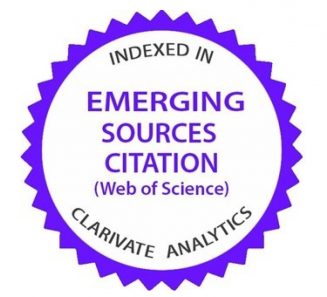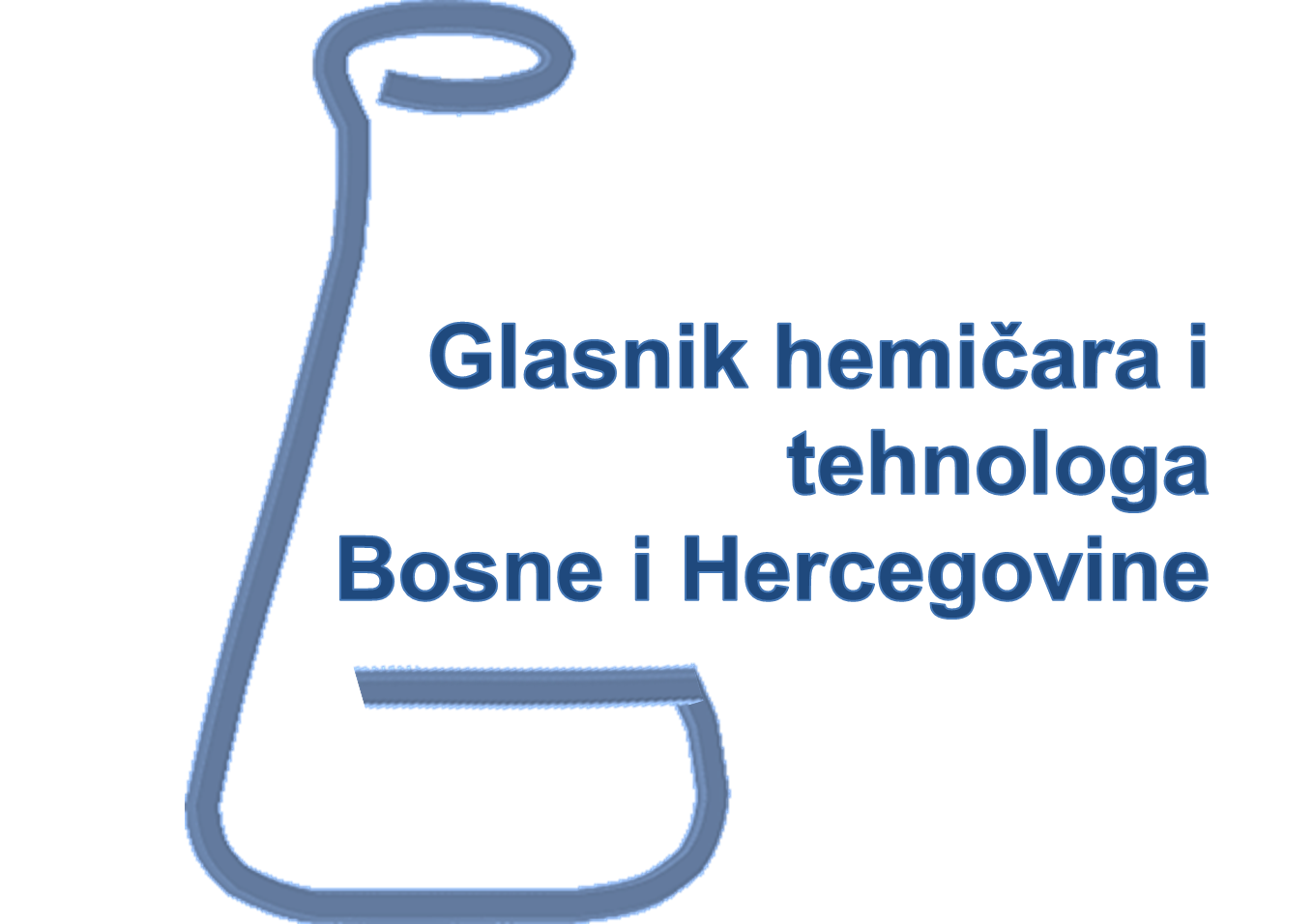|
|
Bulletin of the Chemists and Technologists of Bosnia and Herzegovina
Issue 55
Publication date: December 2020 |
|
Table of contents
Study of uranium bioaccumulation capacity of Salvia officinalis L. and Ocimum basilicum L. enhanced by citric acid Original Scientific Article
Ibragić Saida, Smječanin Narcisa, Hodžić Sara, Ramčić Šadija, Nuhanović Mizra
DOI: https://doi.org/10.35666/ghtbh.2020.55.01
UDK: 544.58:623.459.86
Abstract: Plants possess various intrinsic mechanisms necessary to accumulate and either sequester or detoxify soil contaminants, including radionuclides. The aim of this study was to determine the bioconcentration factor of two fast growing plants Salvia offlicinalis L. (sage) and Ocimum basillicum L. (basil) that were cultivated in pH neutral soils artificially contaminated with three different concentrations of uranium (211, 352 and 470 mg/kg). The efficiency of citric acid was evaluated with respect to the enhancement of the phytoextraction process. The results showed that the bioconcentration factor did not differ significantly between the selected species (0.01 - 0.03). Citric acid was added in doses (50 mL, 30 mM) until the first effects of uranium phytotoxicity appeared. After four doses of citric acid, the bioconcentration factor reached 0.05 for both plants. The increase of uranium content taken up by the respective plants was more pronounced. Thus, the uranium content of sage grown in contaminated soil (470 mg/kg) increased from 6.03 to 21.28 mg/kg in citric acid-treated soil. The data obtained confirmed the efficiency of citric acid in enhancing phytoextraction of uranium and further suggest that even plants of a rather small biomass can be useful in phytoremediation given the appropriate treatment through induced phytoextraction with appropriate chemical agents.
Bulletin of the Chemists and Technologists of Bosnia and Herzegovina 55, 1-6.
Qualitative and quantitative determination of ligustilide as bioactive marker in apiaceous botanicals Original Scientific Article
Durić Kemal, Nikšić Haris, Muratović Samija, Gušić Irma, Korić Emina
Abstract: Variety of bioactivities has been associated with ligustilide present in root of Angelica sinensis, and predominantly used for the treatment of irregular menstrual cycles and premenstrual syndrome. Recent pharmacological studies showed that medicinal plants containing ligustilide, have anti-inflammatory effects and contribute to the improvement of cognitive functions, alleviate brain damage, inhibit tumor necrosis factor of some cell lines, and have nephron-protective effects and neuroprotective activity. In this work, quantification of ligustilide using quantitative 1H NMR (qHNMR) in sealed tubes was performed. Four plant species were investigated: A. sinensis, Ligusticum porteri, Ligusticum striatum, andLigusticum sinense. Modified supercritical CO2 extraction of essential oil from root of four investigated species, was performed. qHNMR spectroscopy showed following percentage of ligustilide: L. porteri essential oil 3.74 (%); L. sinense essential oil 1.16 (%); L. striatum essential oil 6.61 (%) and A. sinensis essential oil 14.56 (%). The highest percentage of oil was obtained from the root of L. porteri but the highest percentage of ligustilide was obtained from A. sinensis essential oil.
Bulletin of the Chemists and Technologists of Bosnia and Herzegovina 55, 7-12.
Synthesis and characterization of Fe(III) complex with thiosemicarbazide-based ligand Original Scientific Article
Ljubijankić Nevzeta, Galijašević Semira
DOI: https//:doi.org/10.35666/ghtbh.2020.55.03
Abstract: Complex iron(III) salicylaldehyde thiosemicarbazone with a formula Na[Fe(STSC)2] have been synthesized. Ligand, salicylaldehyde thiosemicarbazone (SCT) was prepared through the condensation reaction of salycilaldehide with thiosemicarbazide. Na[Fe(STSC)2] has been synthesized by reacting FeCl3 with thiosemicarbazide based ligand bearing ONS donor atoms. Complex has been formulated and characterized by mass spectrometry, infrared and UV/visible spectroscopy. The facts showed the formation of a complex in metal:ligand stoichiometric ratio 1:2. The ligand is coordinated as an ONS tridentate dianion via oxygen atom after the deprotonation of the phenolic OH-group, azomethine nitrogen and sulphur in thiol form of the deprotonated thiosemicarbazide residue. Antioxidant activity was determined, where ligand showed significant activity, while complex, at low concentration, exhibited almost no activity.
Bulletin of the Chemists and Technologists of Bosnia and Herzegovina 55, 13-18.
Peroxidase activity of hemoglobin and heme destruction in the presence of hydrogen peroxide and CT-DNA Original Scientific Article
Galijašević Semira, Muhidinović Mona, Grizić Selma
DOI: https://doi.org/10.35666/ghtbh.2020.55.04
Abstract: The aim of this study was to investigate the peroxidase activity of Hb with different concentrations of hydrogen peroxide and compare it with hypochlorous acid effect on Hb. Hypochlorous acid at higher concentrations decomposed Hb and heme, releasing fee iron ion from the metal center. High concentrations of hydrogen peroxide switched the peroxidase activity of Hb towards the partial Hb and heme destruction. Heme alone was degraded showing that the Hb conformation and protein environment protects Hb from the distraction in the presence of highly increased hydrogen peroxide concentration that occurs as a result of oxidative stress. In the presence of CT-DNA acted inhibition of the peroxidase activity of Hb was observed signaling inhibited hydrogen peroxide consumption.
Bulletin of the Chemists and Technologists of Bosnia and Herzegovina 55, 19-24.





